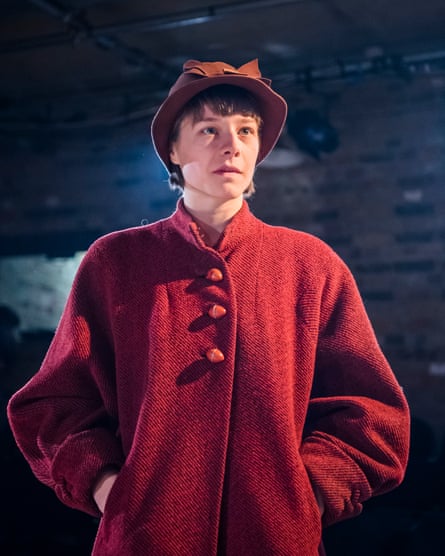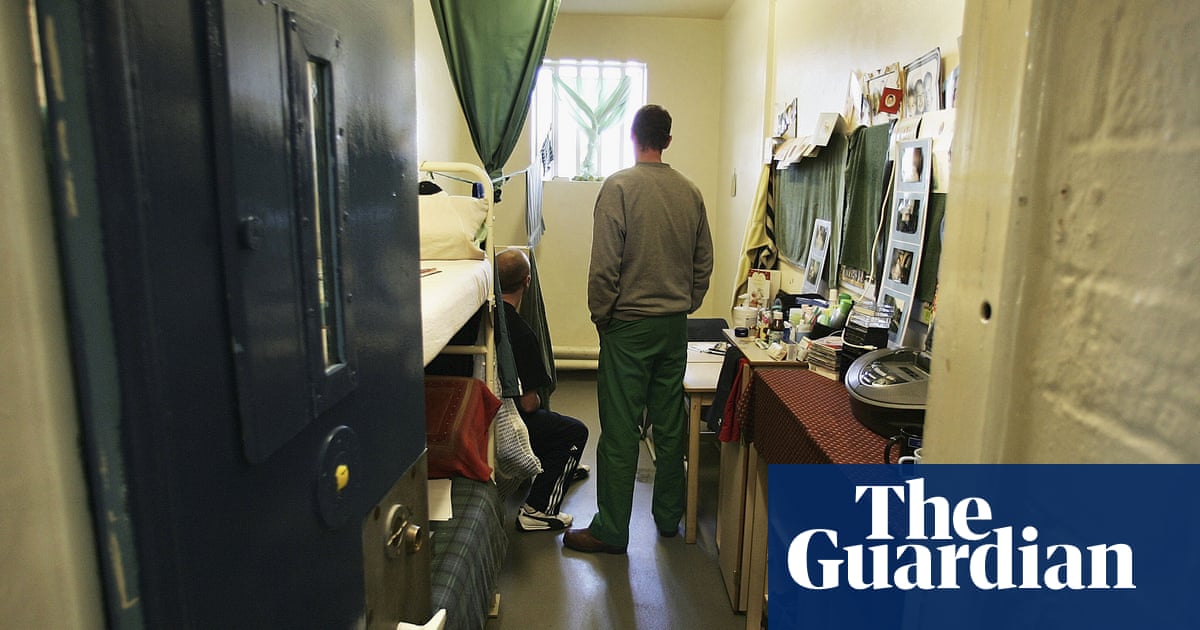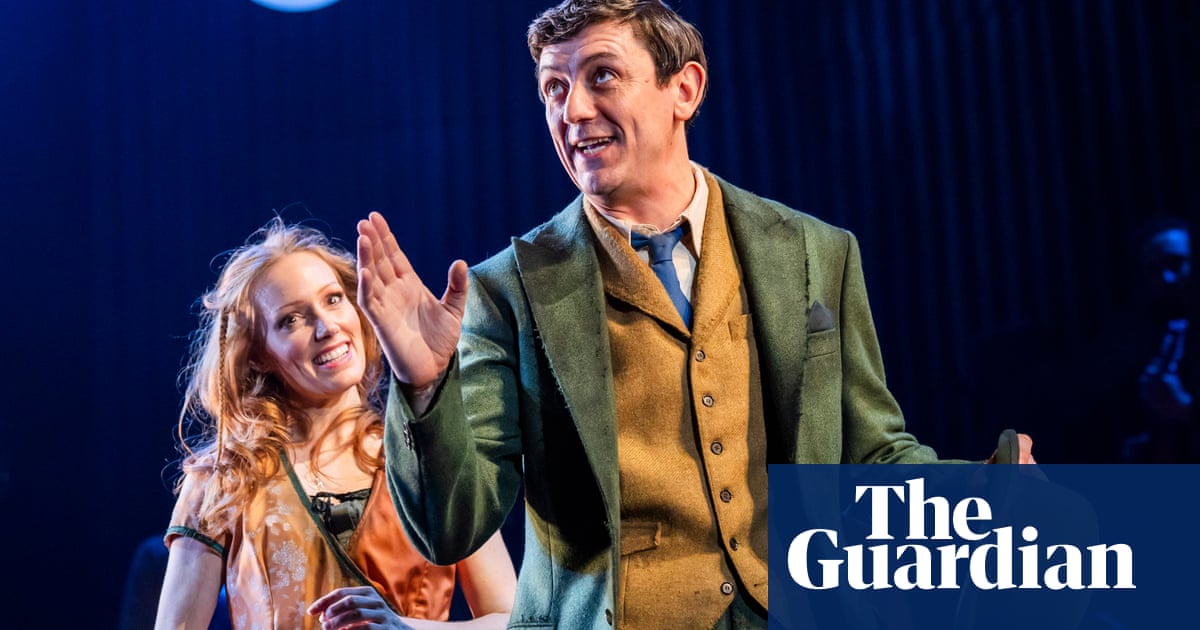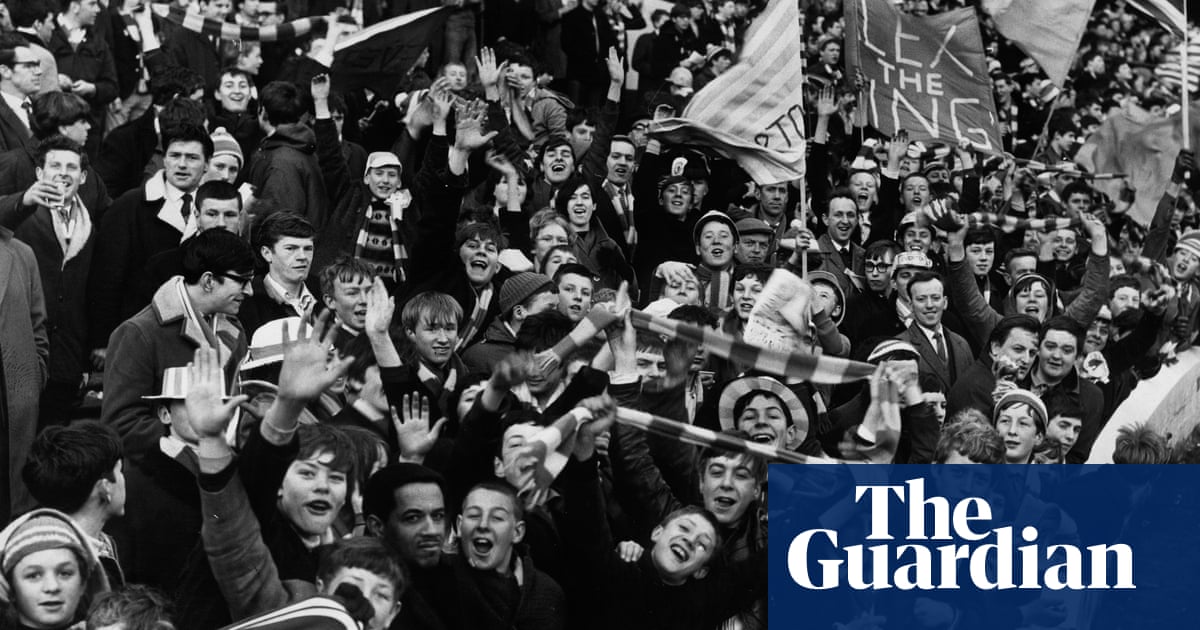As her much-loved novel Mrs Dalloway turns 100, now is a great time to celebrate Virginia Woolf. The 20th-century modernist author and pioneer of stream-of-consciousness narration is one of the most celebrated British novelists of all time. For those looking to become more familiar with her work, author and critic Francesca Wade has put together a guide to her greatest hits.
The entry point
Woolf’s fiction often explores the relationship between self and society, turning on the disjunct between her characters’ private desires and other people’s expectations of them, and one of the best examples of this is Mrs Dalloway. From its opening line – “Mrs Dalloway said she would buy the flowers herself” – Woolf plunges readers into the inner thoughts of her heroine, Clarissa, a society hostess running errands around London in preparation for a party she’s holding that June night. Among the people whose paths intersect with hers that June day is a shellshocked war veteran, Septimus Smith. Woolf wrote in her diary that she wanted, in Mrs Dalloway, to “dig out beautiful caves” behind her characters. The invisible depths and connections she creates between them give the novel a sense of holding all life within it.

Her breakthrough
Woolf’s first two novels, The Voyage Out and Night and Day, are bold in their subject matter but relatively conventional in form. In December 1910, she saw Roger Fry’s post-impressionist exhibition at London’s Grafton Galleries, which introduced works by artists including Matisse and Cézanne to British audiences, and was filled with ideas of how to represent the essence of a character without aiming for a straightforward, descriptive likeness. The result was Jacob’s Room, the novel in which Woolf claimed she found her own voice. It’s a scathing response to the destruction of war – a subject which haunts much of Woolf’s writing – and a deeply moving meditation on the impossibility of truly knowing others.
The most quotable
Woolf was a brilliant polemicist. Her two book-length feminist essays – A Room of One’s Own and Three Guineas – are fascinating counterparts to her fiction. They probe the injustices that preoccupied her throughout her life, displaying how “the public and the private worlds are inseparably connected … the tyrannies and servilities of the one are the tyrannies and servilities of the other”. Each examines the way people are shaped by external forces – class, gender, access to education – and makes a powerful case for the importance of intellectual freedom. A Room of One’s Own focuses on literature, and conjures some of Woolf’s most inspired apparitions: the “Angel in the House”, the spectre of Victorian feminine propriety Woolf had to assassinate before she “plucked the heart out of my writing”, and Shakespeare’s eager sister, whose talents were never given a chance to flourish. Three Guineas, written amid the rise of fascism in Europe, examines the links between patriarchy and militarism: “As a woman,” Woolf writes, “I have no country. As a woman I want no country. As a woman my country is the whole world.”
It’s worth persevering with
Woolf’s seventh novel The Waves has a reputation of being difficult: it unfolds, in a rhythmic chorus of five voices, without any of the conventional crutches of narrative or character development. She told a friend she had composed the novel “in a kind of trance”. But it’s one of Woolf’s boldest experiments, the culmination of her explorations of the nature of perception and the realities of inner lives, and contains some of her most beautiful, lyrical language. “I am not concerned with the single life, but with lives together,” wrote Woolf in an early draft. In her essay Modern Fiction, Woolf argued that the task of the novelist is to evoke the same chaos that governs life: to “record the atoms as they fall upon the mind”. With The Waves, Woolf created a form which would convey her characters’ experience, thoughts and impressions as if in real time, tracing “the infinite loneliness of human beings” while also gesturing at the possibility of community.
after newsletter promotion
If you’re in a rush
Any collection of Woolf’s short essays will be full of gems. I love The London Scene, full of sparkling observations about the city which always energised her – its docks, its shops, its statues, its street life. Of her many essays on writing, Mr Bennett and Mrs Brown is a wonderful work of literary criticism and imagination, sweeping away the cobwebs from 19th-century realism and making the case for a new, and modern, approach to character. My favourite of all is Street Haunting, in which an excursion to buy a new pencil becomes an excuse to wander the city, gazing up into windows and imagining all the lives going on behind them. It’s the perfect analogy for Woolf’s own fictional method – the people-watching impulse she acquired when she first moved to Bloomsbury in 1904, and which never left her.
The long-term project
“Observe perpetually,” reads one of Woolf’s last diary entries, quoting Henry James. Woolf was always fascinated by people, and her diaries are full of piercing insights into herself and others. Woolf loved reading diaries, and her own lurk somewhere between private and public writing. Woolf’s diary was where she recorded Bloomsbury’s debates, parties and conversations, unleashed critiques of her friends, charted memories, practised description, analysed her own flaws, and battled with the struggle of writing. She wrote in her diary to “soothe the whirlpools” in her mind: entries are by turns introspective and expansive, personal and political. There are six volumes, covering (with some gaps and elisions) the years 1897 to 1941: they are worth reading slowly in full, and savouring.
The masterpiece
To the Lighthouse is perhaps Woolf’s most personal novel – written in memory of her mother, who died when Woolf was 13, and childhood summers spent in St Ives, Cornwall. Through the eyes of the Ramsay family and others in their orbit – including the artist Lily Briscoe, one of Woolf’s most memorable characters – Woolf explores the passage of time, the nature of creation and the pain of loss.

 3 hours ago
4
3 hours ago
4













































